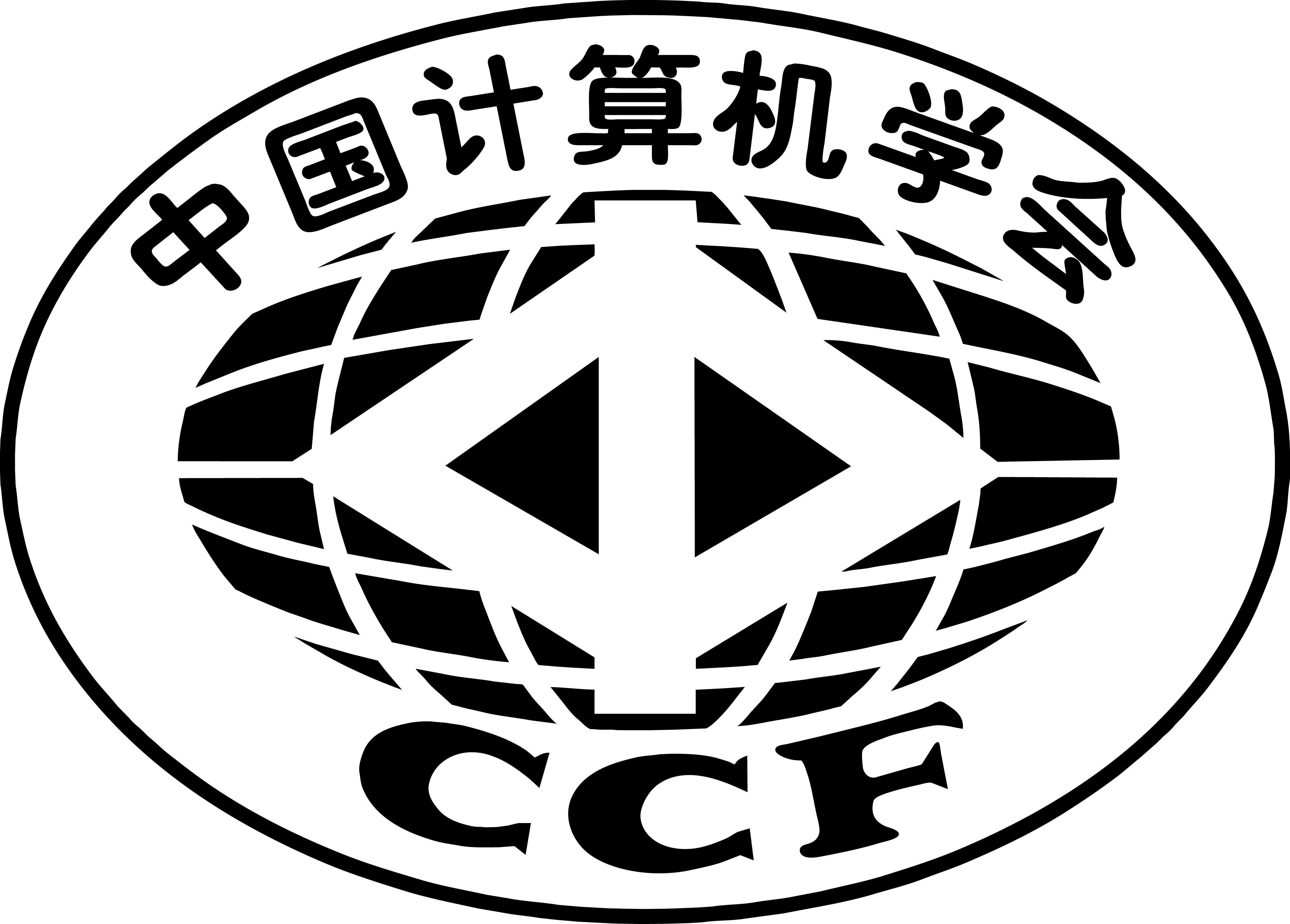Abstract
IP geolocation, which is important for the security of devices, heavily relies on the number of high-quality landmarks. As one kind of widely used Internet of Things (IoT) devices, Internet webcams are exposed to the Internet intentionally or unintentionally. While there are few researches on the methodology to extract landmarks for Internet webcams by now. In this paper, we proposed a framework GeoWAT to automatically generate landmarks from the watermarks of the webcams, which are accurate enough to improve some IP geolocation services. GeoWAT uses Optical Character Recognition (OCR) techniques to get text locations from the watermarks of public webcams on the Internet websites. Then GeoWAT queries the locations through online maps to get latitudes/longitudes of webcams as landmarks. We conducted experiments to evaluate the performance and effectiveness of GeoWAT in real world. Our results show that GeoWAT could automatically extract the locations of webcams with high precision and recall. Also, GeoWAT have got more accurate landmarks than other IP location services, such as IPIP, GeoLites2 and ipstack, on the webcams dataset we collected from the whole world.
Access this chapter
Tax calculation will be finalised at checkout
Purchases are for personal use only
References
Ulltveit-Moe, N., Oleshchuk, V.A., Køien, G.M.: Location-aware mobile intrusion detection with enhanced privacy in a 5G context. Wirel. Pers. Commun. 57(3), 317–338 (2011). https://doi.org/10.1007/s11277-010-0069-6
Choi, S.M.: Location-based information service method and mobile terminal therefor (2014)
Kim, E.: An automatic recommendation scheme of TV program contents for (IP) TV personalization. IEEE Trans. Broadcast. 57(3), 674–684 (2011)
Wang, Y.: Towards street-level client-independent IP geolocation. In: Proceedings of the 8th USENIX Conference on Networked Systems Design and Implementation, pp. 365–379. USENIX Association, Boston (2011)
Padamanabban, V.N.: Determining the geographic location of internet hosts. ACM SIGMETRICS Perform. Eval. Rev. 29(1) (2001)
Gueye, B.: Constraint-based geolocation of internet hosts. IEEE/ACM Trans. Netw. 14(6), 1063–6692 (2006)
Katz-Bassett, E.: Towards IP geolocation using delay and topology measurements. In: Proceedings of the 6th ACM SIGCOMM Conference on Internet Measurement, pp. 71–84. Association for Computing Machinery, Rio de Janeriro (2006)
Liu, H.: Mining checkins from location-sharing services for client-independent IP geolocation. In: IEEE INFOCOM 2014 - IEEE Conference on Computer Communications, pp. 619–627. IEEE, Toronto (2014)
Jinxia, W.: IP geolocation technology research based on network measurement. In: 2016 Sixth International Conference on Instrumentation & Measurement, Computer, Communication and Control, pp. 892–897. IEEE, Harbin (2016)
Laskar, Z.: Camera relocalization by computing pairwise relative poses using convolutional neural network. In: 2017 IEEE International Conference on Computer Vision Workshop (ICCVW). IEEE, Venice (2017)
Lerman, G.: Estimation of camera locations in highly corrupted scenarios: all about that base, no shape trouble. In: 2018 IEEE/CVF Conference on Computer Vision and Pattern Recognition. IEEE/CVF, Salt Lake City (2018)
Tian, Z., Huang, W., He, T., He, P., Qiao, Y.: Detecting text in natural image with connectionist text proposal network. In: Leibe, B., Matas, J., Sebe, N., Welling, M. (eds.) ECCV 2016. LNCS, vol. 9912, pp. 56–72. Springer, Cham (2016). https://doi.org/10.1007/978-3-319-46484-8_4
Karatzas, D.: ICDAR 2015 competition on robust reading. In: Proceedings of the 2015 13th International Conference on Document Analysis and Recognition (ICDAR), pp. 1156–1160. IEEE Computer Society, USA (2015)
Shi, B.: An end-to-end trainable neural network for image-based sequence recognition and its application to scene text recognition. IEEE Trans. Pattern Anal. Mach. Intell. 39, 2298–2304 (2017)
Mishra, A.: Scene text recognition using higher order language priors. In: BMVC - British Machine Vision Conference, BMVA, Surrey, United Kingdom (2012)
Archana, G.: Recent named entity recognition and classification techniques: a systematic review. Comput. Sci. Rev. 29, 21–43 (2018)
Georgescu: Named-entity-recognition-based automated system for diagnosing cybersecurity situations in IoT networks. Sensors 19(15), 3380(2019)
Dojchinovski, M., Kliegr, T.: Datasets and GATE evaluation framework for benchmarking Wikipedia-based NER systems. In: The International Conference on NLP and DBPEDIA. CEUR-WS.org (2013)
Pejic, A.: An expert system for tourists using Google Maps API. In: 7th International Symposium on Intelligent Systems and Informatics, pp. 317–322. IEEE, Subotica (2009)
Zamir, A.R., Shah, M.: Accurate image localization based on Google Maps street view. In: Daniilidis, K., Maragos, P., Paragios, N. (eds.) ECCV 2010. LNCS, vol. 6314, pp. 255–268. Springer, Heidelberg (2010). https://doi.org/10.1007/978-3-642-15561-1_19
Ting, K.M.: Precision and recall. In: Sammut, C., Webb, G.I. (eds.) Encyclopedia of Machine Learning. Springer, Boston (2011). https://doi.org/10.1007/978-0-387-30164-8_652
Author information
Authors and Affiliations
Corresponding author
Editor information
Editors and Affiliations
Rights and permissions
Copyright information
© 2020 Springer Nature Singapore Pte Ltd.
About this paper
Cite this paper
Ren, Y., Li, H., Zhu, H., Sun, L., Wang, W., Li, Y. (2020). The Mining of IP Landmarks for Internet Webcams. In: Hao, Z., Dang, X., Chen, H., Li, F. (eds) Wireless Sensor Networks. CWSN 2020. Communications in Computer and Information Science, vol 1321. Springer, Singapore. https://doi.org/10.1007/978-981-33-4214-9_19
Download citation
DOI: https://doi.org/10.1007/978-981-33-4214-9_19
Published:
Publisher Name: Springer, Singapore
Print ISBN: 978-981-33-4213-2
Online ISBN: 978-981-33-4214-9
eBook Packages: Computer ScienceComputer Science (R0)


